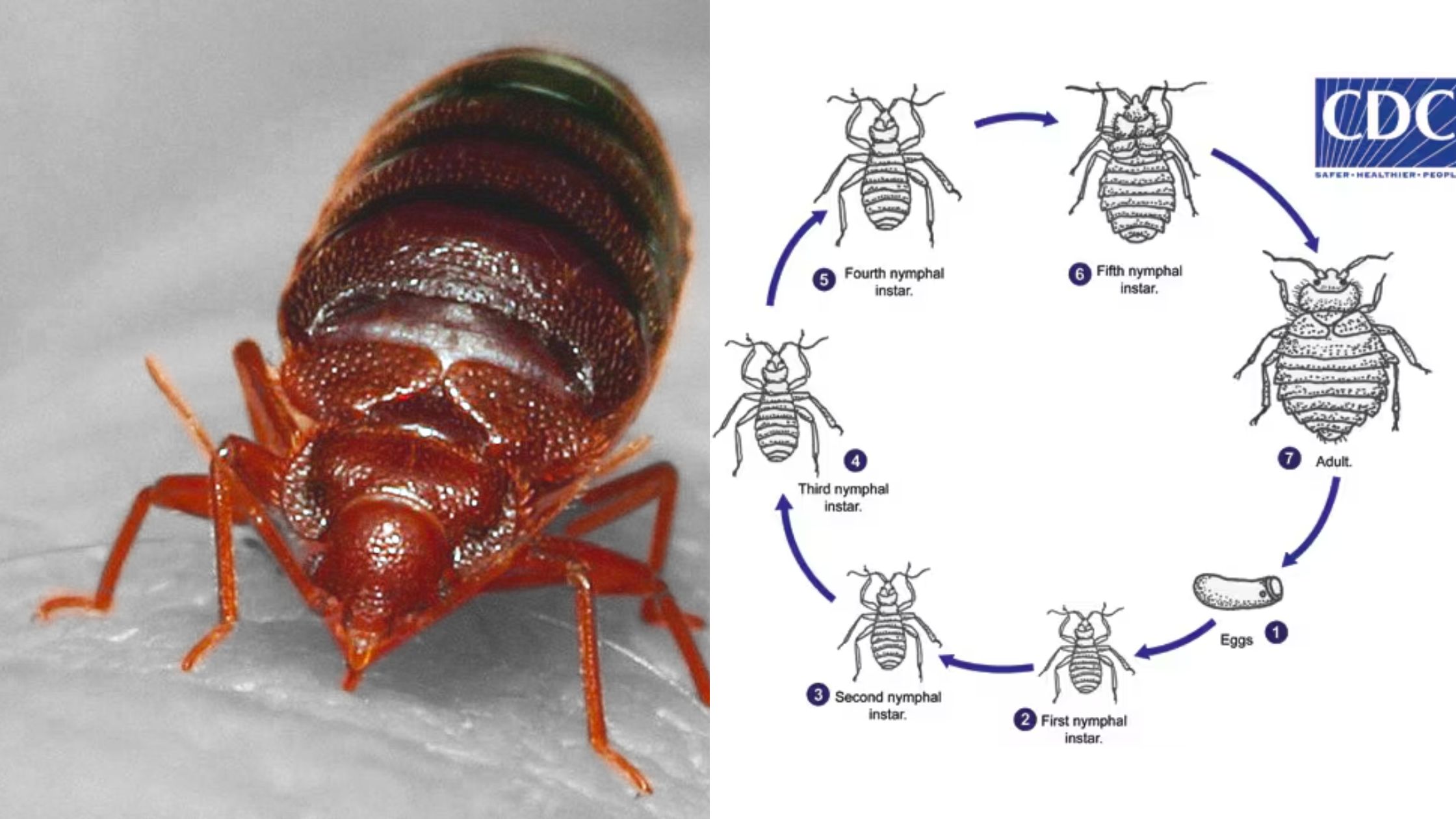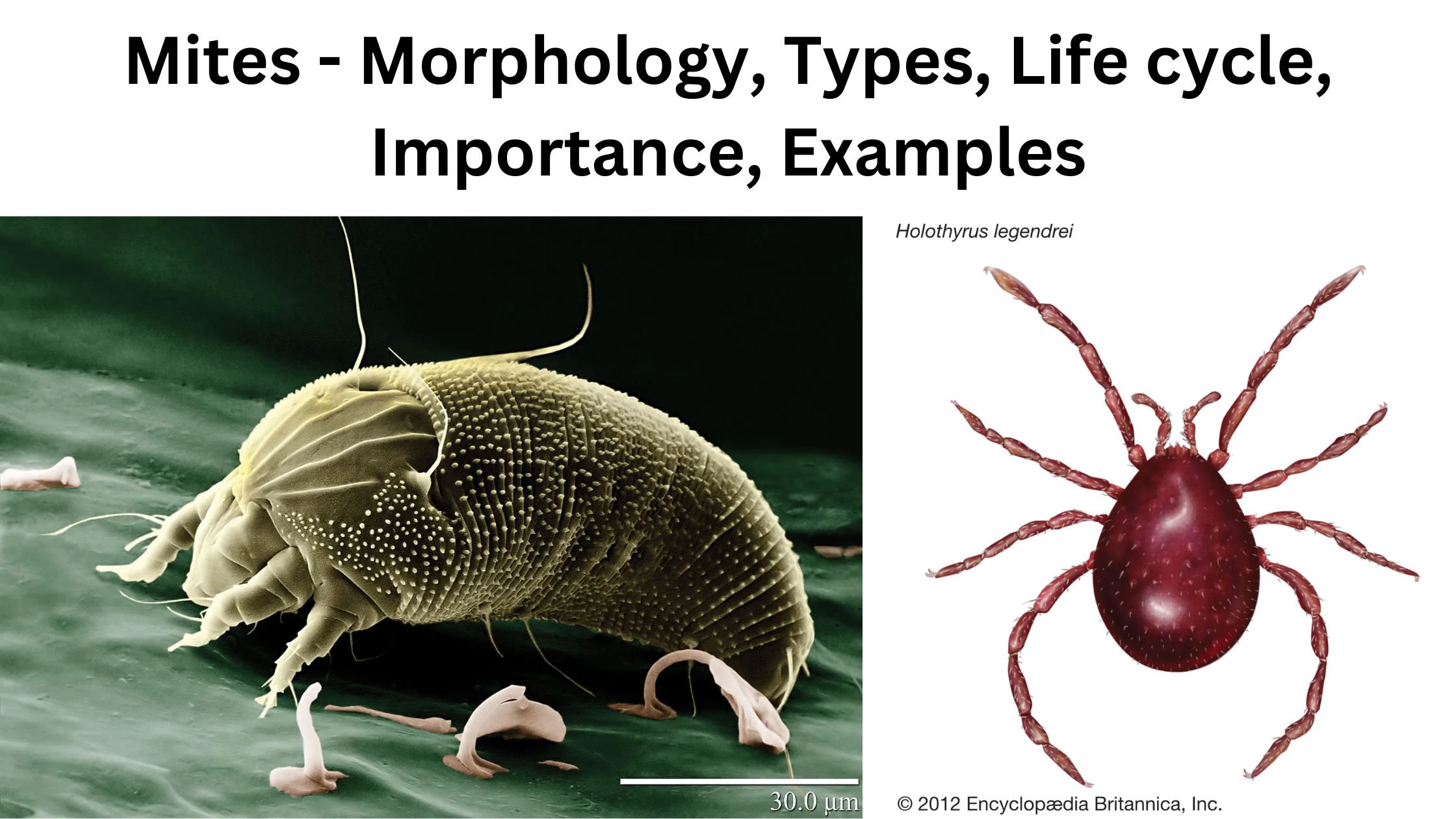Cimex lectularius (Bed Bug) – Morphology, Life Cycle, Types, Control
What is Cimex lectularius? Classification of Cimex lectularius scientific name: Cimex lectularius Linnaeus (Insecta: Hemiptera: Cimicidae) Classification Level Classification Name Kingdom Animalia (Animals) Phylum Arthropoda (Arthropods) Subphylum Hexapoda (Hexapods) Class Insecta (Insects) Order Hemiptera (True Bugs, Cicadas, Hoppers, Aphids, and Allies) Suborder Heteroptera (True Bugs) Infraorder Cimicomorpha Superfamily Cimicoidea Family Cimicidae (Bed Bugs) Subfamily Cimicinae … Read more




